Home>Furniture & Design>Interior Design Trends>How Many Ounces In A Whiskey Glass
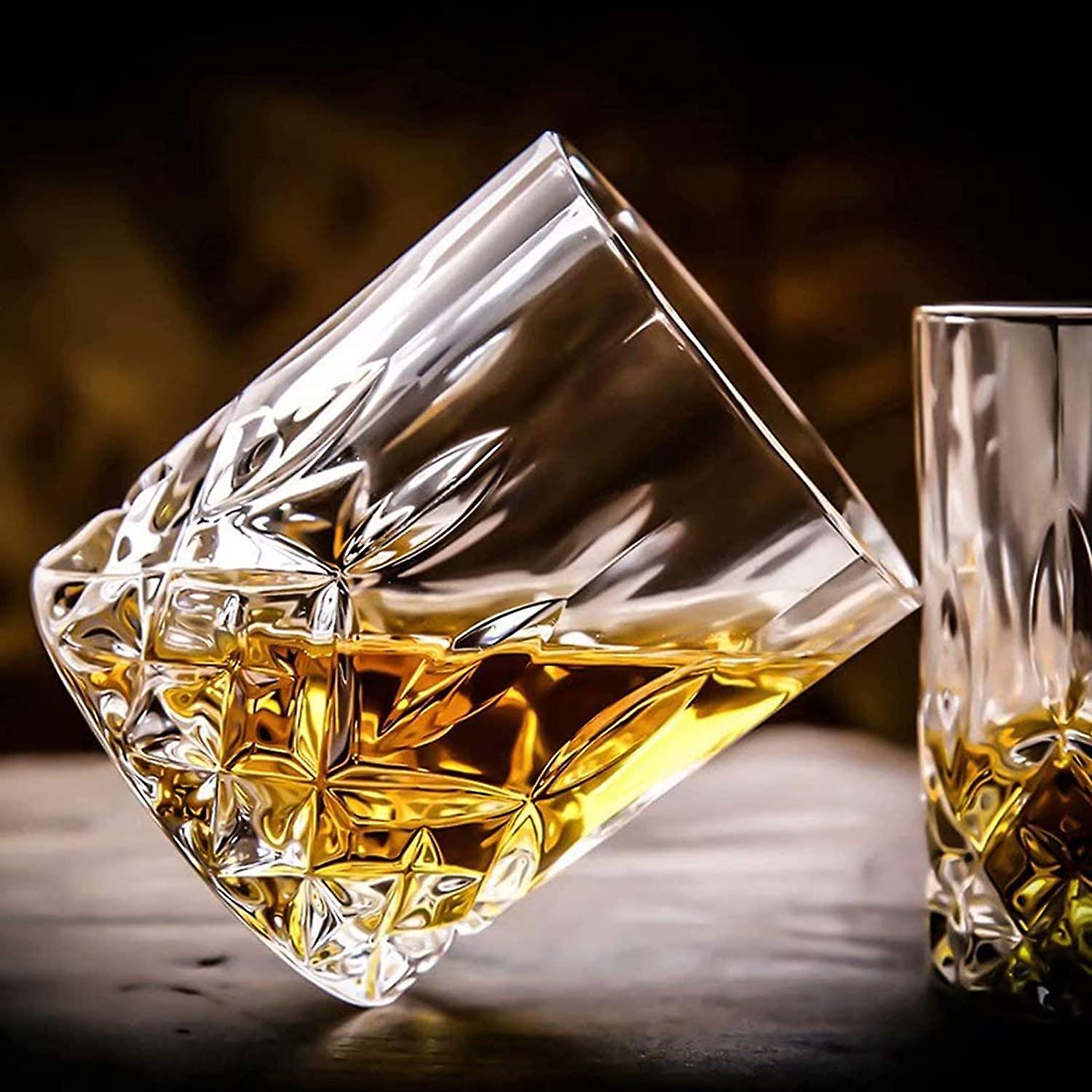

Interior Design Trends
How Many Ounces In A Whiskey Glass
Modified: August 20, 2024
Discover the latest interior design trends for whiskey glasses and learn how many ounces they hold. Stay updated with the best glassware for your home bar.
(Many of the links in this article redirect to a specific reviewed product. Your purchase of these products through affiliate links helps to generate commission for Storables.com, at no extra cost. Learn more)
Introduction
When it comes to savoring a fine whiskey, the vessel from which it is consumed plays a crucial role in the overall experience. The size of a whiskey glass can significantly impact the aroma, taste, and visual appeal of the spirit. Understanding the nuances of whiskey glass sizes is essential for both aficionados and casual enthusiasts alike.
The standard whiskey glass size sets the foundation for exploring the diverse range of options available. From the classic tumbler to the elegant Glencairn glass, each size and shape offers a unique way to appreciate the complexities of whiskey. Moreover, the choice of glassware can influence the perception of the whiskey's flavor profile, making it an integral aspect of the tasting ritual.
Exploring the different whiskey glass sizes provides insight into the versatility and adaptability of this timeless tradition. Whether it's a small, delicate nosing glass or a robust rocks glass, each size serves a specific purpose, catering to the preferences and rituals of whiskey enthusiasts worldwide.
Understanding the factors that influence whiskey glass size sheds light on the intricate art of whiskey appreciation. From the influence of tradition and culture to the evolving trends in modern mixology, various elements contribute to the diverse landscape of whiskey glass sizes.
As we delve into the world of whiskey glass sizes, we embark on a journey that transcends mere functionality. It is a journey that celebrates the artistry and craftsmanship of glassware, the rich heritage of whiskey culture, and the sensory delight of savoring a perfectly poured dram. Join us as we unravel the captivating realm of whiskey glass sizes, where tradition meets innovation, and every sip tells a story.
Key Takeaways:
- Whiskey glass size impacts aroma, taste, and experience. From the classic tumbler to specialized glasses, each size serves a unique purpose, enhancing the enjoyment of whiskey for enthusiasts worldwide.
- Factors like aromatics, whiskey styles, and cultural significance influence glass size. The interplay of these factors shapes a diverse landscape of sizes and styles, offering enthusiasts a spectrum of options to elevate their whiskey tasting rituals.
Read more: How Many Ounces Are In A Glass
Standard Whiskey Glass Size
The standard whiskey glass, often referred to as a tumbler or rocks glass, typically holds around 8 to 12 ounces of liquid. This size provides ample space for a generous pour of whiskey, allowing room for the spirit to be swirled gently to release its aromas. The wide opening of the glass facilitates easy nosing, enabling the drinker to fully appreciate the whiskey's bouquet before taking the first sip.
The classic design of the standard whiskey glass features a thick, heavy base that provides stability and prevents tipping. The short, straight sides of the glass allow for a comfortable grip, making it a popular choice for casual whiskey enjoyment. Its versatile size and shape make it suitable for serving whiskey on the rocks, neat, or as the base for classic whiskey-based cocktails such as the Old Fashioned or Whiskey Sour.
The standard whiskey glass size is favored for its simplicity and functionality, embodying the essence of traditional whiskey consumption. Its timeless appeal transcends trends and remains a staple in both home bars and professional establishments. The familiar sight of a whiskey-filled tumbler evokes a sense of comfort and familiarity, inviting enthusiasts to indulge in the pleasures of this revered spirit.
In addition to its practicality, the standard whiskey glass size holds historical significance, as it has been a symbol of conviviality and camaraderie for generations. Its enduring presence in the realm of whiskey appreciation reflects a deep-rooted tradition that continues to resonate with enthusiasts worldwide.
As the cornerstone of whiskey glassware, the standard size serves as a starting point for exploring the diverse range of options available. While it may be considered the foundation of whiskey glass sizes, it is by no means restrictive. Instead, it sets the stage for a journey of discovery, inviting enthusiasts to venture into the realm of specialized glassware designed to elevate the whiskey tasting experience.
The standard whiskey glass size embodies the spirit of conviviality, tradition, and timeless appeal, making it an essential component of the whiskey enthusiast's repertoire. Its enduring popularity and versatility lay the groundwork for further exploration into the world of whiskey glass sizes, where each variation offers a unique perspective on the art of savoring this exceptional spirit.
Different Whiskey Glass Sizes
Nosing Glass
The nosing glass, also known as a whiskey snifter, is designed to concentrate the aromas of the whiskey, enhancing the olfactory experience. Its tulip-shaped bowl tapers towards the top, capturing and concentrating the whiskey's complex scents. This specialized design allows enthusiasts to fully immerse themselves in the intricate bouquet of the spirit, making it an ideal choice for discerning whiskey connoisseurs.
Glencairn Glass
The Glencairn glass, renowned for its elegant and functional design, has gained widespread popularity among whiskey enthusiasts. Its unique shape features a wide bowl that narrows towards the top, allowing the aromas to be concentrated while providing a comfortable grip. The Glencairn glass is revered for its ability to showcase the whiskey's nuances, making it a preferred choice for whiskey tastings and sensory evaluations.
Read more: How Many Calories Is A Glass Of Whiskey
Copita Glass
The copita glass, with its elongated tulip shape and narrow opening, is favored for its ability to concentrate the whiskey's aromas while directing them towards the nose. This design enhances the nosing experience, allowing enthusiasts to discern the subtle nuances and delicate notes of the whiskey. The copita glass is often used in formal whiskey tastings and is prized for its ability to reveal the spirit's full aromatic spectrum.
Tasting Glass
The tasting glass, characterized by its small, tulip-shaped design, is tailored to accentuate the sensory aspects of whiskey appreciation. Its compact size allows for controlled nosing and tasting, making it an ideal choice for sampling rare and premium whiskeys. The tasting glass embodies the essence of focused whiskey exploration, inviting enthusiasts to savor the spirit's complexities in a refined and deliberate manner.
Highball Glass
The highball glass, tall and slender in design, is commonly used for serving whiskey-based cocktails such as the classic Highball or Whiskey Soda. Its larger capacity accommodates a generous pour of whiskey, which is then complemented by mixers and ice. The highball glass offers a refreshing and versatile way to enjoy whiskey, making it a popular choice for casual gatherings and social occasions.
Old Fashioned Glass
The Old Fashioned glass, also known as a rocks glass, features a sturdy, low-profile design that is well-suited for serving whiskey over ice or in classic cocktails such as the Old Fashioned. Its wide opening allows for easy access to the drink, while its robust construction makes it a reliable choice for enjoying whiskey in its purest form or as the foundation for timeless libations.
Read more: How Many Ounces Is A Rocks Glass
Specialized Glassware
In addition to the aforementioned whiskey glass sizes, a myriad of specialized glassware options cater to specific whiskey styles, serving techniques, and aesthetic preferences. From elegant crystal snifters to artisanal hand-blown tumblers, the world of whiskey glass sizes encompasses a diverse array of choices, each offering a unique perspective on the art of savoring this exceptional spirit.
The diverse range of whiskey glass sizes reflects the depth and diversity of whiskey appreciation, providing enthusiasts with a spectrum of options to suit their individual preferences and occasions. Each glass size contributes to the multi-faceted experience of enjoying whiskey, offering a nuanced approach to savoring its rich flavors and aromas.
Factors Affecting Whiskey Glass Size
The design and size of a whiskey glass are influenced by a myriad of factors that encompass both functional and aesthetic considerations. These factors play a pivotal role in shaping the characteristics of whiskey glassware, catering to the diverse preferences and rituals of whiskey enthusiasts worldwide.
Aromatics and Flavors
The concentration and dispersal of aromas and flavors are fundamental considerations in determining whiskey glass size. Glasses with a tulip-shaped bowl, such as nosing and Glencairn glasses, are designed to capture and concentrate the whiskey's aromas, enhancing the olfactory experience. The shape and size of the glass can significantly impact the perception of the whiskey's bouquet, making it essential to select a glass that complements the desired sensory experience.
Whiskey Styles
Different styles of whiskey, such as single malt, bourbon, rye, and blended varieties, exhibit distinct aromatic profiles and flavor characteristics. As a result, specialized glassware tailored to specific whiskey styles has emerged. For example, the copita glass, with its elongated tulip shape, is favored for nosing delicate and nuanced single malt whiskies, while the robust Old Fashioned glass is well-suited for serving bourbon over ice. The diversity of whiskey glass sizes reflects the nuanced approach to appreciating the unique qualities of each whiskey style.
Read more: How Many Ounces In A Juice Glass
Serving Techniques
The manner in which whiskey is served, whether neat, on the rocks, or as part of a cocktail, influences the choice of glassware. Glasses with larger capacities, such as highball and Old Fashioned glasses, accommodate the addition of ice and mixers, providing a versatile platform for serving whiskey-based cocktails. Conversely, smaller, tulip-shaped glasses, such as nosing and tasting glasses, are tailored for focused nosing and tasting experiences, ideal for savoring premium whiskeys in their purest form.
Cultural and Historical Significance
The cultural and historical context of whiskey consumption has contributed to the evolution of whiskey glass sizes. Traditional glassware, rooted in centuries-old customs and rituals, reflects the heritage and legacy of whiskey appreciation. The enduring popularity of classic tumbler-style glasses embodies a sense of nostalgia and tradition, while the emergence of specialized glassware reflects the evolving trends and preferences in modern whiskey culture.
Aesthetic Preferences
Aesthetic considerations, including the visual appeal and tactile experience of glassware, influence the design and size of whiskey glasses. Artisanal and handcrafted glassware, characterized by unique shapes and textures, caters to enthusiasts with a penchant for exquisite craftsmanship and artistic expression. The aesthetic allure of whiskey glassware adds an additional layer of sensory delight to the whiskey tasting experience, enriching the visual and tactile aspects of savoring this exceptional spirit.
The interplay of these factors underscores the intricate art of whiskey glassware design, shaping a diverse landscape of sizes and styles that cater to the multifaceted nature of whiskey appreciation. Each factor contributes to the rich tapestry of whiskey glass sizes, offering enthusiasts a spectrum of options to elevate their whiskey tasting rituals and indulge in the sensory pleasures of this timeless spirit.
Conclusion
The world of whiskey glass sizes is a captivating tapestry that intertwines tradition, innovation, and sensory delight. From the classic allure of the standard tumbler to the specialized elegance of nosing and tasting glasses, each size and shape offers a unique lens through which to savor the complexities of whiskey.
As we navigate the diverse landscape of whiskey glass sizes, we encounter a symphony of aromas, flavors, and cultural influences that converge to enrich the whiskey tasting experience. The standard whiskey glass size, with its timeless appeal and historical significance, serves as a steadfast foundation for whiskey appreciation, embodying the essence of conviviality and camaraderie.
The emergence of specialized glassware, tailored to accentuate the nuances of different whiskey styles, reflects a nuanced approach to savoring the diverse array of spirits. Whether it's the copita glass for delicate single malts or the highball glass for refreshing whiskey-based cocktails, each size serves a specific purpose, catering to the preferences and rituals of whiskey enthusiasts worldwide.
The factors that influence whiskey glass size, from aromatics and flavors to cultural and historical significance, underscore the intricate art of whiskey glassware design. The interplay of these factors shapes a diverse landscape of sizes and styles, offering enthusiasts a spectrum of options to elevate their whiskey tasting rituals and indulge in the sensory pleasures of this timeless spirit.
In conclusion, the exploration of whiskey glass sizes transcends mere functionality; it is a celebration of craftsmanship, heritage, and sensory indulgence. Each glass size contributes to the multi-faceted experience of enjoying whiskey, offering a nuanced approach to savoring its rich flavors and aromas. As we raise our glasses to the timeless tradition of whiskey appreciation, we embark on a journey that transcends borders and generations, where every sip tells a story and every glass holds a world of sensory delight.
Frequently Asked Questions about How Many Ounces In A Whiskey Glass
Was this page helpful?
At Storables.com, we guarantee accurate and reliable information. Our content, validated by Expert Board Contributors, is crafted following stringent Editorial Policies. We're committed to providing you with well-researched, expert-backed insights for all your informational needs.
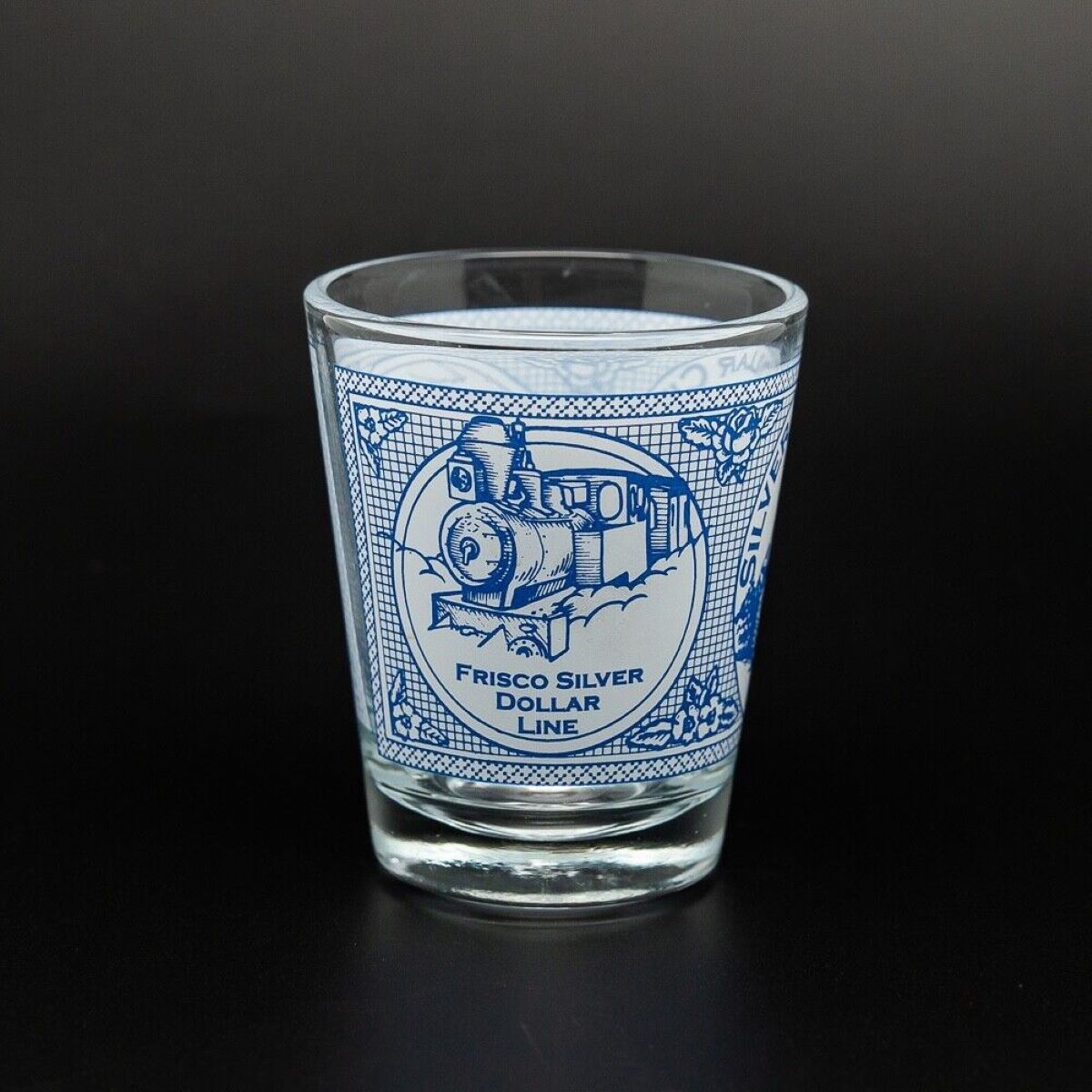





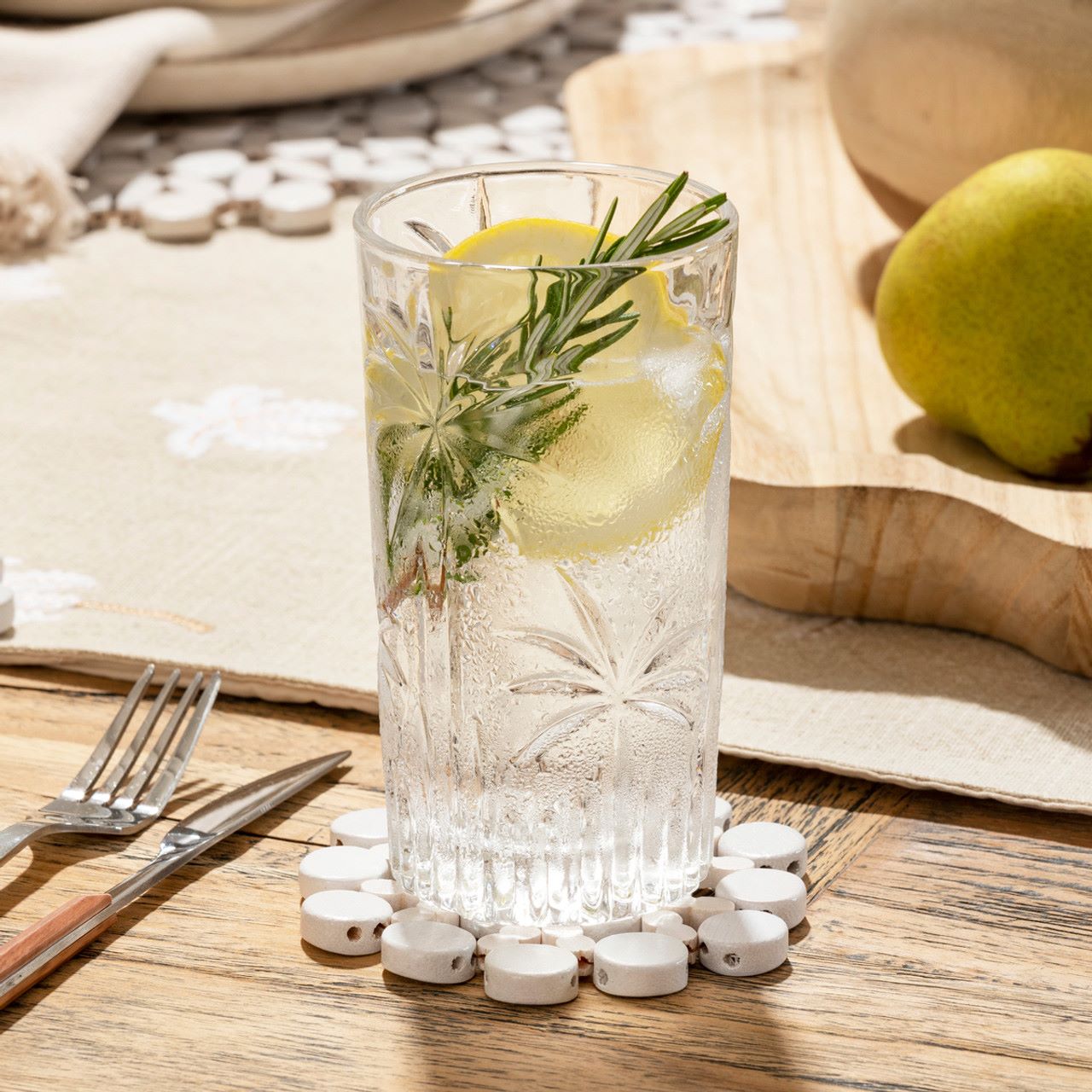

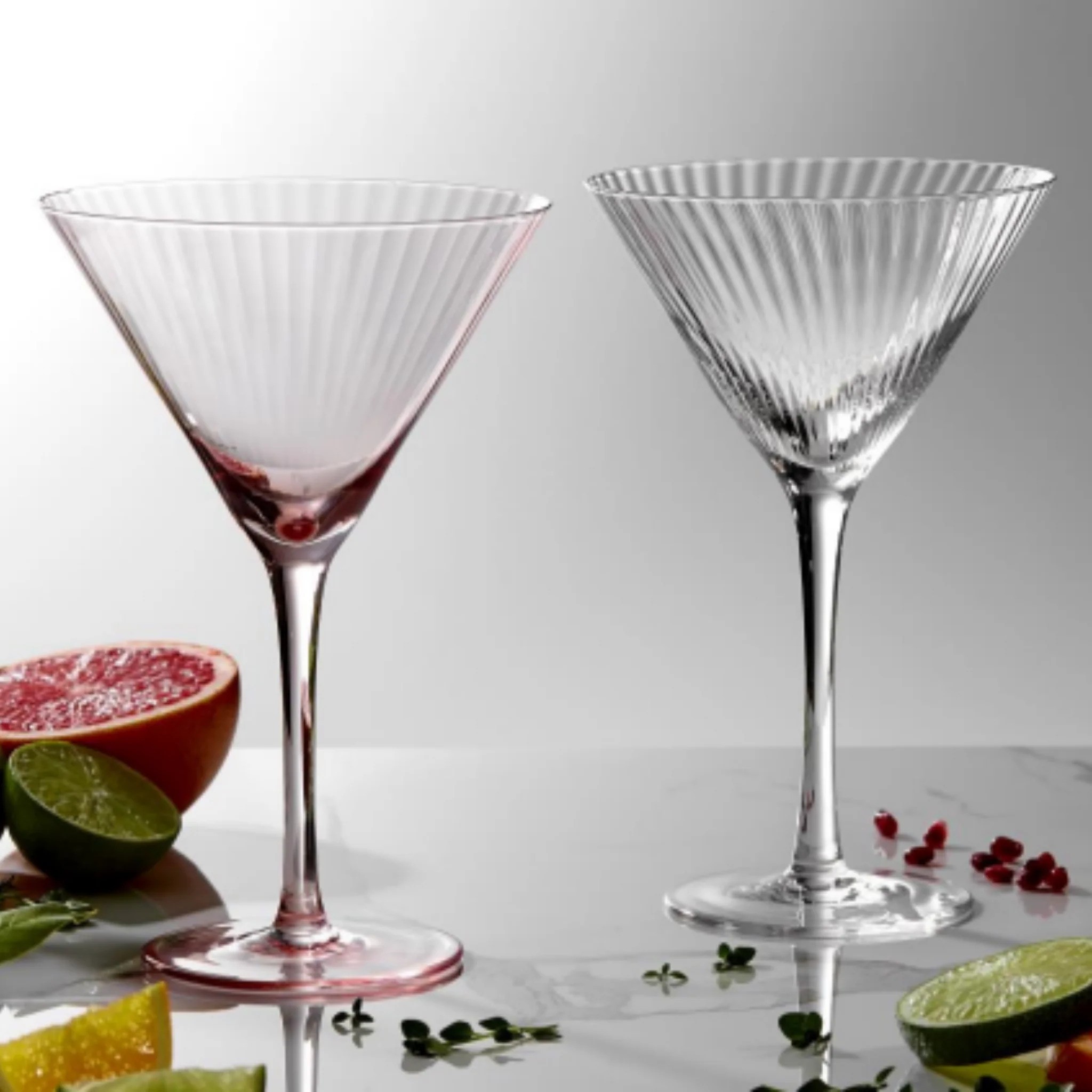

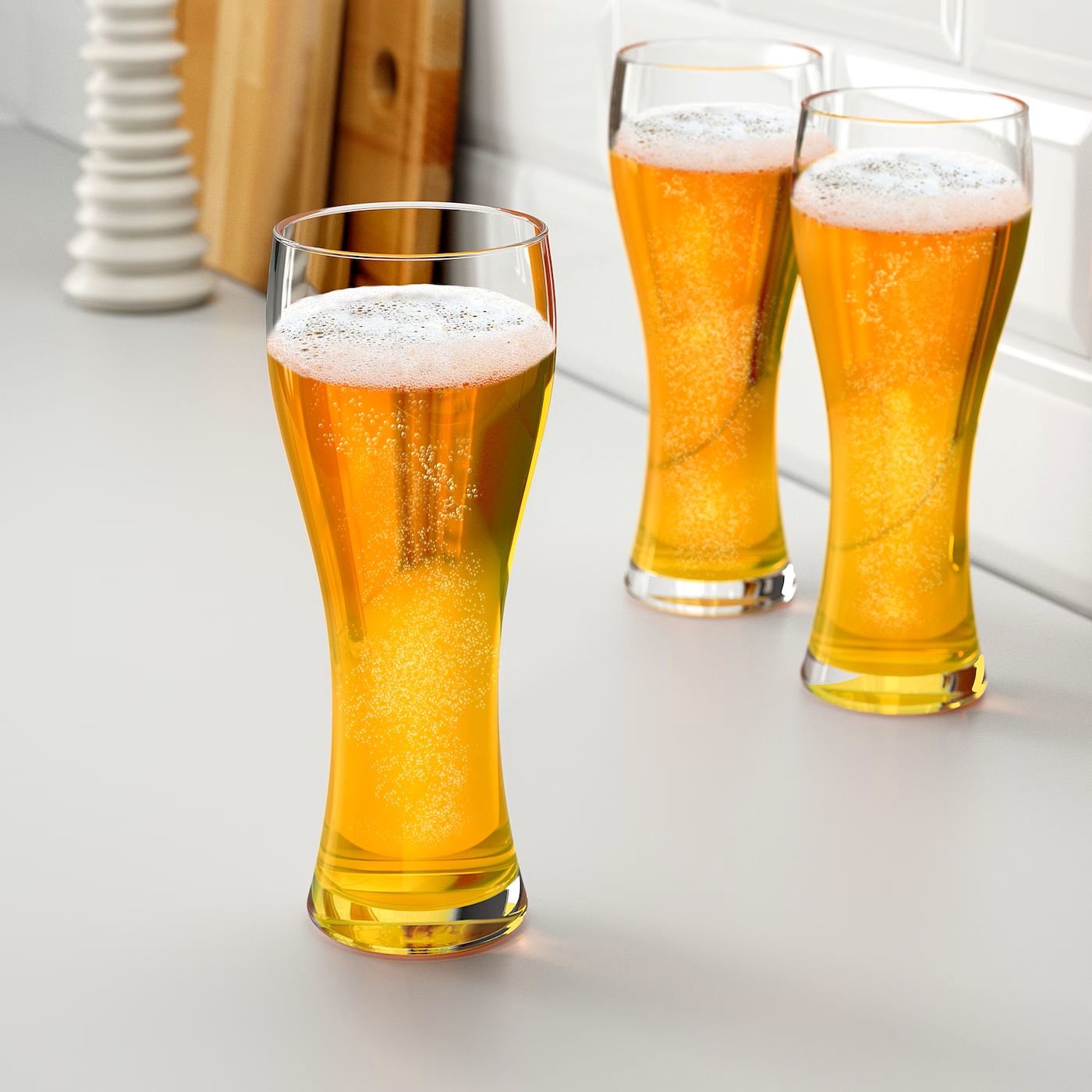
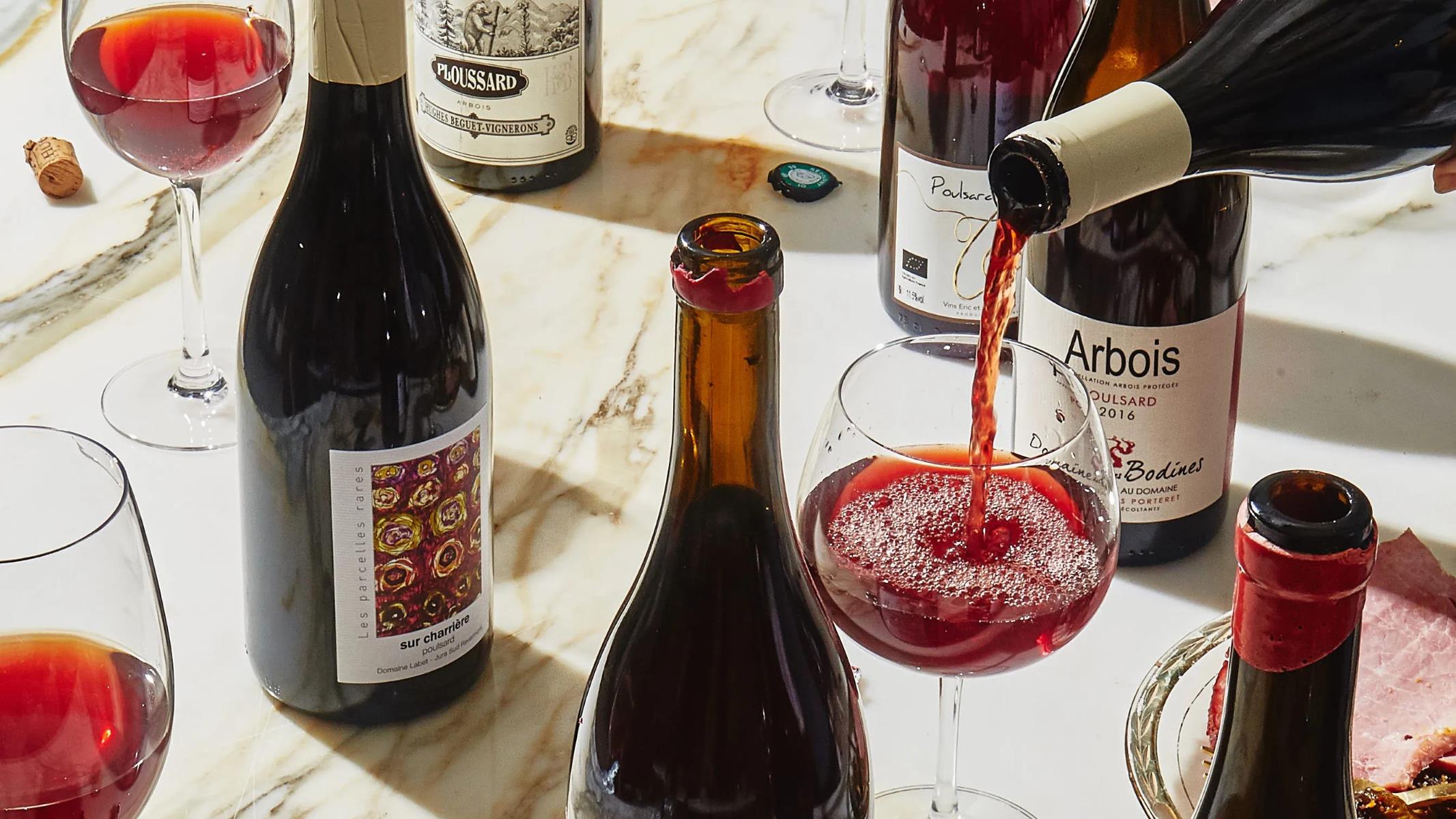

0 thoughts on “How Many Ounces In A Whiskey Glass”